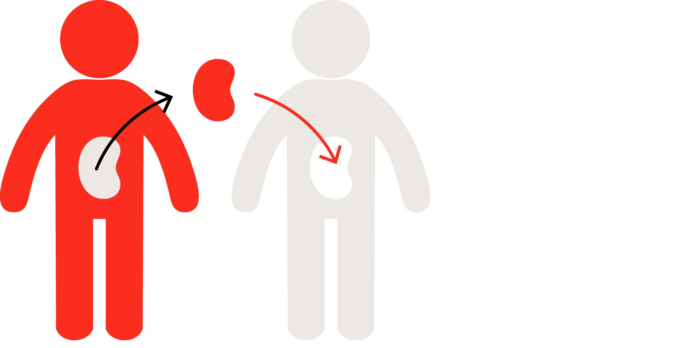Last week was the Organ Donation Week. Everyday, around three people die waiting for an organ transplant. Institutions and scientists are continuously looking for new solutions to reduce this waiting period.
One solution implemented by England is to consider all adults an organ donor, unless they have officially specified that they wouldn’t like to donate their organs. This solution is interesting but still requires time to be really implemented.
Another alternative is to push forward R&D to create viable organs. Since human organ donors are rare, this alternative would drastically reduce the waiting list of patients.
The only thing is that, with this alternative come the main transplantation issues including rejection. Doctors would say that they can prescribe immunosuppressive drugs that can help to reduce the rejection rate but in the long run, they will not always be successful, not to mention their adverse effects.
This would seem utopian but 3D bioprinting is a solution that R&D groups consider less risky despite the major hurdles they have to overcome. Let’s address one of these hurdles: the inability to print the complex vasculature that can supply nutrients to densely populated tissues.
Miller, assistant professor of bioengineering at Rice’s Brown School of Engineering explains: “further, our organs actually contain independent vascular networks — like the airways and blood vessels of the lung or the bile ducts and blood vessels in the liver. These interpenetrating networks are physically and biochemically entangled, and the architecture itself is intimately related to tissue function. Our [technology] (…) addresses the challenge of multivascularization in a direct and comprehensive way.”
Stevens, assistant professor of bioengineering in the UW College of Engineering lays emphasis on the importance of multivascularization because form and function often go hand in hand.
“Tissue engineering has struggled with this for a generation. With this work we can now better ask, ‘If we can print tissues that look and now even breathe more like the healthy tissues in our bodies, will they also then functionally behave more like those tissues?’ This is an important question, because how well a bioprinted tissue functions will affect how successful it will be as a therapy.”
“The liver is especially interesting because it performs a mind-boggling 500 functions, likely second only to the brain,” Stevens said. “The liver’s complexity means there is currently no machine or therapy that can replace all its functions when it fails. Bioprinted human organs might someday supply that therapy.”
When AM enables a solution
To address this issue, the research team created an open-source bioprinting technology dubbed the “stereolithography apparatus for tissue engineering,” or SLATE. The system requires the use of additive manufacturing to make soft hydrogels one layer at a time.
Layers are printed from a liquid pre-hydrogel solution that becomes a solid when exposed to blue light.
The new solution has been tested on a lung-mimicking structure. Results show that the tissues were solid enough to avoid bursting during blood flow and pulsatile “breathing”. They also show that red blood cells could take up oxygen as they flowed through a network of blood vessels surrounding the “breathing” air sac. This movement of oxygen is similar to the gas exchange that occurs in the lung’s alveolar air sacs.
There is still so much more to learn. The human body is full of surprises and requires a deep exploration to find out other solutions that could save people’s life.
You can now post free of charge job opportunities in the AM Industry on 3D ADEPT Media.For further information about 3D Printing, follow us on our social networks and subscribe to our newsletter : Facebook, Twitter, LinkedIn & Instagram !Would you like to be featured in the next issue of our digital magazine? Send us an email at contact@3dadept.com






